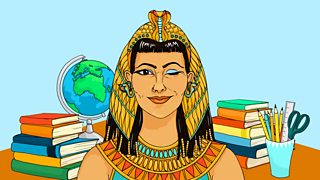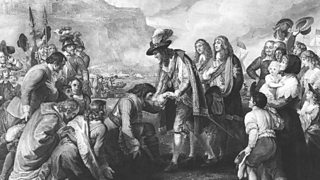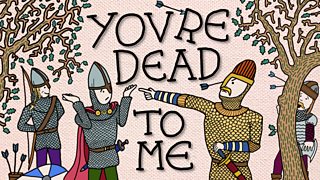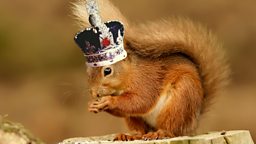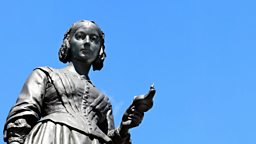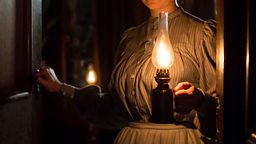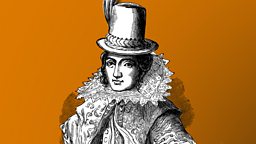91�ȱ�school History lesson: The Restoration
Greg Jenner, the historian behind Horrible Histories and the You’re Dead To Me podcast, is here to teach you all a lesson. His new series 91�ȱ�school History presents bite-sized modules of fact and fun on various topics starting with the Restoration: the return of the monarchy after the republican leadership of Oliver Cromwell.
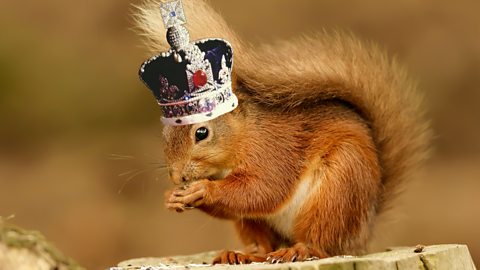
King Charles II: The Big Sequel
What exactly was the Restoration? Greg Jenner does a speedy recap.
Here are 12 important moments from the Restoration…
1. A right royal ruck
During the 1640s, throughout England, Wales, Scotland and Ireland, civil wars plunged everything into chaos. There was a major falling out between the King, Charles I, and the lawmakers in Parliament who weren’t too fond of his foreign policy or his religious views.
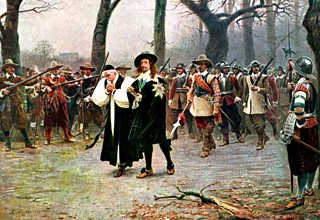
2. Off with his head
After a series of bloody battles, parliament triumphed; Charles was tried for treason and executed in 1649. His son, also a Charles, wisely decided to run away and live in France and the Netherlands.
3. Oh yes I'm the great protector
Parliament replaced the monarchy with The Commonwealth, under the leadership of the “Lord Protector”, Oliver Cromwell. As a strict puritan, Cromwell imposed a series of restrictive measures throughout the country including closing down theatres and banning many sports and other fun activities.
4. A tree-mendous king
King Charles’s son, the other Charles, attempted to retake the throne from Cromwell and the Puritans but, after losing a number of battles, briefly hiding in an oak tree and several weeks on the run, he returned to exile.
5. Ne'er-do-Cromwell
Charles' opponents were rounded up and imprisoned or executed – even if they were dead, in which case they were dug up and then re-executed.
Oliver Cromwell was in charge until his death in 1658. His son Richard took over but failed to be the leader his father was and became very unpopular. This led to even more argy-bargy with various generals attempting to take control in Parliament.
6. Return of the king
Eventually Parliament decided that perhaps monarchs weren’t that bad after all, and Charles was called upon to retake the throne. In 1660, on his 30th birthday, he led a magnificent procession through London and was crowned Charles II. Parliament even fudged the dates so his reign started on the day his father was executed, in an attempt to erase the Cromwell years from history.
7. The bling king
The monarchy had been restored and Charles soon became known as the Merry Monarch. He was a big fan of theatre, music, art, architecture, animals and fashion. He loved life. Theatres were reopened and, for the first time, women were allowed to take the stage. One of these actresses, Nell Gwyn, became one the of the King’s many mistresses.
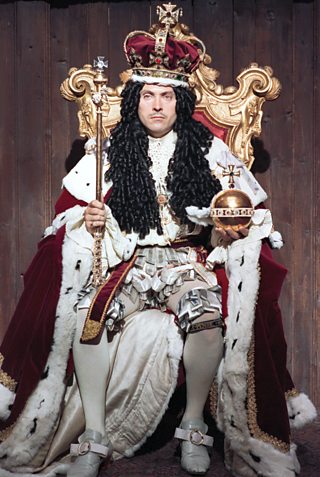
8. All is forgiven
The good times continued as Charles pardoned any individual involved with the civil wars. Oh, except for the ones responsible for executing his father. They were rounded up and imprisoned or executed – even if they were dead, in which case they were dug up and then re-executed.
9. Purple reign
This period of the Restoration became known as a “golden age” with great leaps in science and culture taking place. This was the time of the architecture of Christopher Wren, the literature of John Dryden and the science of Isaac Newton, with the Royal Society being founded in the 1660s. But trouble lay ahead.
10. Thanks a latte
Coffee shops had grown in popularity, but fearing they were the perfect place for people to plot against him, the King had them banned. This unpopular decision was soon reversed, but Charles found himself fighting with Parliament about his foreign policies and his religious views (like father like son). Then two huge tragedies – the Great Plague and the Great Fire of London – created more anger and unhappiness.
11. Regally yours
By the time Charles died at the age of 54, in 1685, he’d tried to get rid of Parliament a number of times in an attempt to find one more in line with his thinking. Despite having a massive amount of children with women who weren’t his wife (allegedly), Charles had no direct heir, so his Catholic brother James was next in line to the throne. Which made many British Protestants, who weren’t big Catholic fans, a bit miffed.
12. End of the line
The days of the Merry Monarch were over and trouble lay ahead. The Restoration, despite a fun time being had by all for a few years, eventually led to something called the Glorious Revolution, which saw yet another king losing his throne and even more political problems throughout the land.
More from Radio 4
-
![]()
91�ȱ�school History: The Restoration
Join Greg Jenner on a rambunctious romp through 17th-century Britain.
-
![]()
In Our Time: The Restoration
Melvyn Bragg examines the reign of Charles II.
-
![]()
You're Dead To Me
Hear Greg Jenner's other hilarious history podcast on 91�ȱ� Sounds.
-
![]()
A History of The World in 100 Objects
100 programmes that retell humanity's history through the objects we have made.

